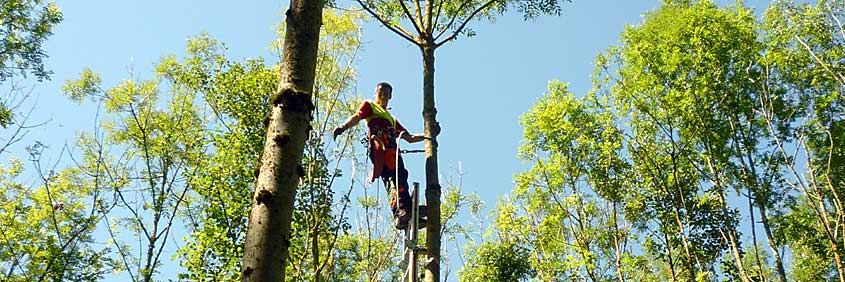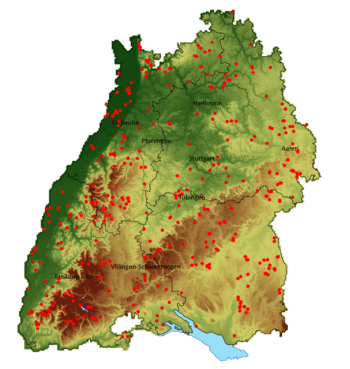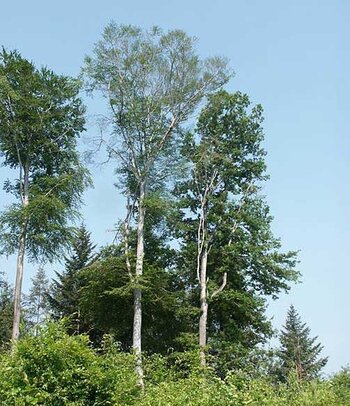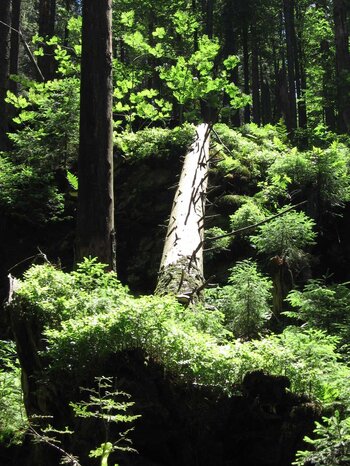Forest growth
The Forest Growth Department deals with the core issue in forestry: the growth of trees and forests. It deals with the relationships between growth/development, silvicultural measures and environmental factors. While the economic side of growth science is traditionally undisputed, its ecological relevance is often overlooked. In fact, however, trees as large and long-lived organisms are the cardinal elements of forests. Knowledge of their space-occupying growth dynamics and the growth-relevant factors are therefore indispensable prerequisites both for understanding forest ecosystems and for developing targeted forest management strategies. And this is true regardless of whether these are primarily geared towards yield management, nature conservation or other ecosystem services.
Areas of work
Network of experimental plots
The basis of the FVA's forest growth research is a state-wide network of long-term experimental plots. In these field laboratories, we clarify specific silvicultural questions under defined experimental conditions.
Various series of measurements, some of which have been carried out for more than a hundred years, are the best way of tracing the growth patterns of the forests over the course of time. Modern experiment designs with “high-contrast” variants are particularly useful for the development and adaptation of IT-based growth models that can be used to make generalised statements.
Contact
Climate impact research
This area of work is primarily concerned with the task of cross-departmental coordination of the FVA climate impact research, which is the organisational responsibility of the Forest Growth Department.
The area of work also establishes systematic comparative cultivations with tree species/provenances that appear promising in times of climate change (in coordination with the area of work Forest Genetics and Forest Reproductive Material of the Forest Nature Conservation Department).
Contact
Growth and environment
This area of work deals with the influence of predominantly abiotic environmental factors and their changes on the growth of trees and forests. There is currently a particular emphasis on the effects of weather/climate factors on growth and - together with the Soil and Environment Department - on substance depositions or substance leaching/release.
Traditionally, the effects of targeted treatment strategies (such as thinning) on growth and resilience are also investigated here. The development and/or adaptation of flexible, IT-based growth models that replace the traditional yield tables also falls under this context.
Contact
Forest structure survey in set aside protected forests [“Bannwälder”]
The forest structure surveys designed for set aside protected forests [“Bannwälder”] are repeated at regular intervals. The aim is to provide long-term measurement series that can be used as a basis of data both for nature protection-oriented questions in the context of forest reserve research (dept. of Forest Nature Conservation), and for growth-oriented analyses of the dynamics of structure and growth in larger areas of forests that are not used commercially.





